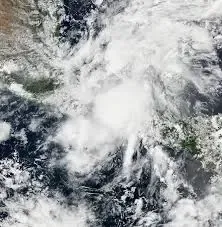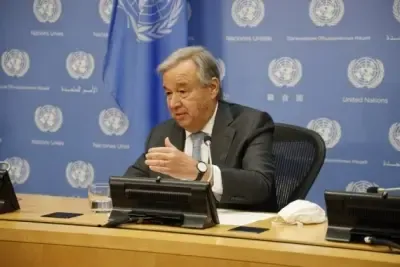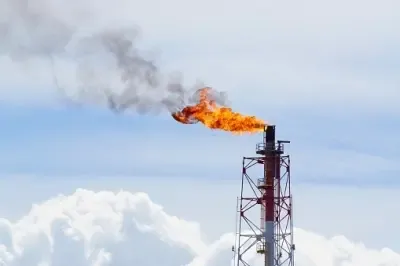Tropical Cyclone Chido Claims Seven Lives, Affects Nearly 35,000 Residents in Malawi

Lilongwe, Dec 17 (NationPress) The number of lives lost due to the aftermath of Tropical Cyclone Chido in Malawi has increased to seven, with nearly 35,000 individuals stranded, according to the Department of Disaster Management Affairs (DoDMA) on Tuesday.
DoDMA Commissioner Charles Kalemba stated in a release that a total of seven fatalities have been confirmed across five districts, while an estimated 34,741 residents from 7,721 households have been impacted, indicating a significant increase from Monday's figure of 1,800 affected families.
The statement also noted that 16 individuals sustained injuries, and at least 20 councils in the southern and central regions, including the national capital Lilongwe, have suffered from mild to severe damage.
The cyclone wreaked havoc, damaging roofs of residential buildings and public infrastructure.
The Malawian government, through the DoDMA, Malawi Red Cross Society, and other organizations, has mobilized resources for search and rescue operations. Schools in southern Malawi, which were closed on Monday, reopened on Tuesday after authorities deemed it safe.
The Department of Climate Change and Meteorological Services indicated on Monday that Cyclone Chido, which made landfall in neighboring Mozambique on Sunday, has moved out of Malawi and is no longer a threat.
As a result, the DoDMA has decommissioned the search and rescue teams that were previously sent to high-risk areas in anticipation of emergencies due to Cyclone Chido.
The government, through the Department of Disaster Management Affairs, Malawi Red Cross Society, and other agencies, has mobilized resources for search and rescue efforts.
Chido began as a tropical depression in the southeastern Indian Ocean between December 7 and 8.
A tropical depression is characterized by a low-pressure area over an ocean, accompanied by a circular wind pattern created by thunderstorms. Such systems have maximum sustained wind speeds of 61 km/h or less.
If a tropical depression strengthens, it can develop into a tropical storm, defined by wind speeds between 62 km/h and 119 km/h. Winds exceeding this threshold classify the system as a tropical cyclone.
The terminology surrounding these systems can be somewhat perplexing. In the Atlantic Ocean, Gulf of Mexico, Caribbean Sea, and northeastern Pacific Ocean, tropical cyclones are called hurricanes. In contrast, in the western Pacific Ocean, they are termed typhoons, whereas in the South Pacific and Indian Ocean, they are referred to as cyclones.








